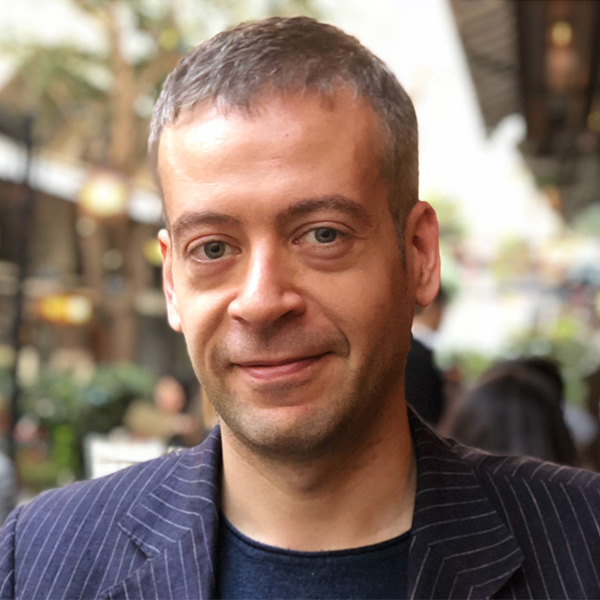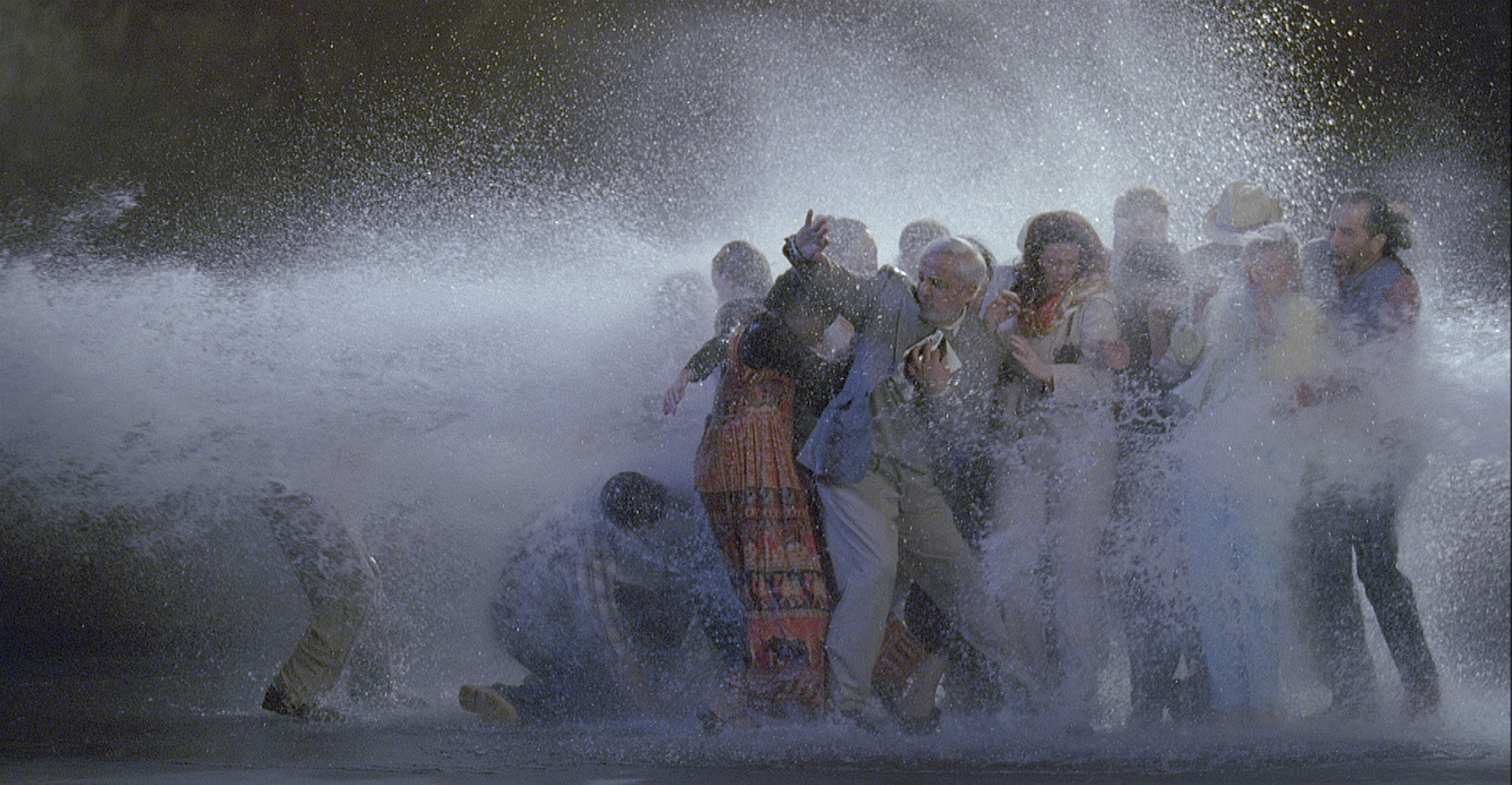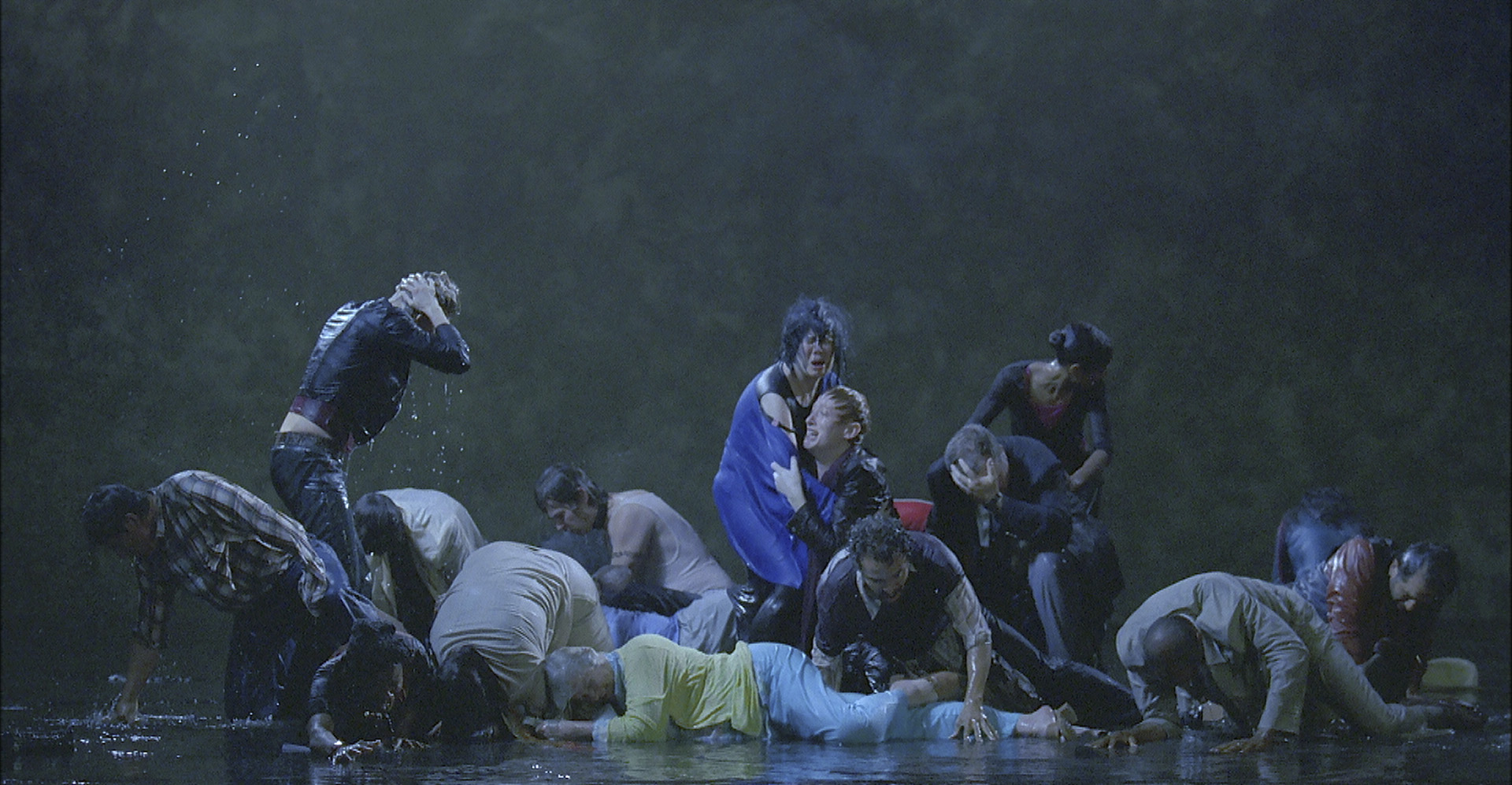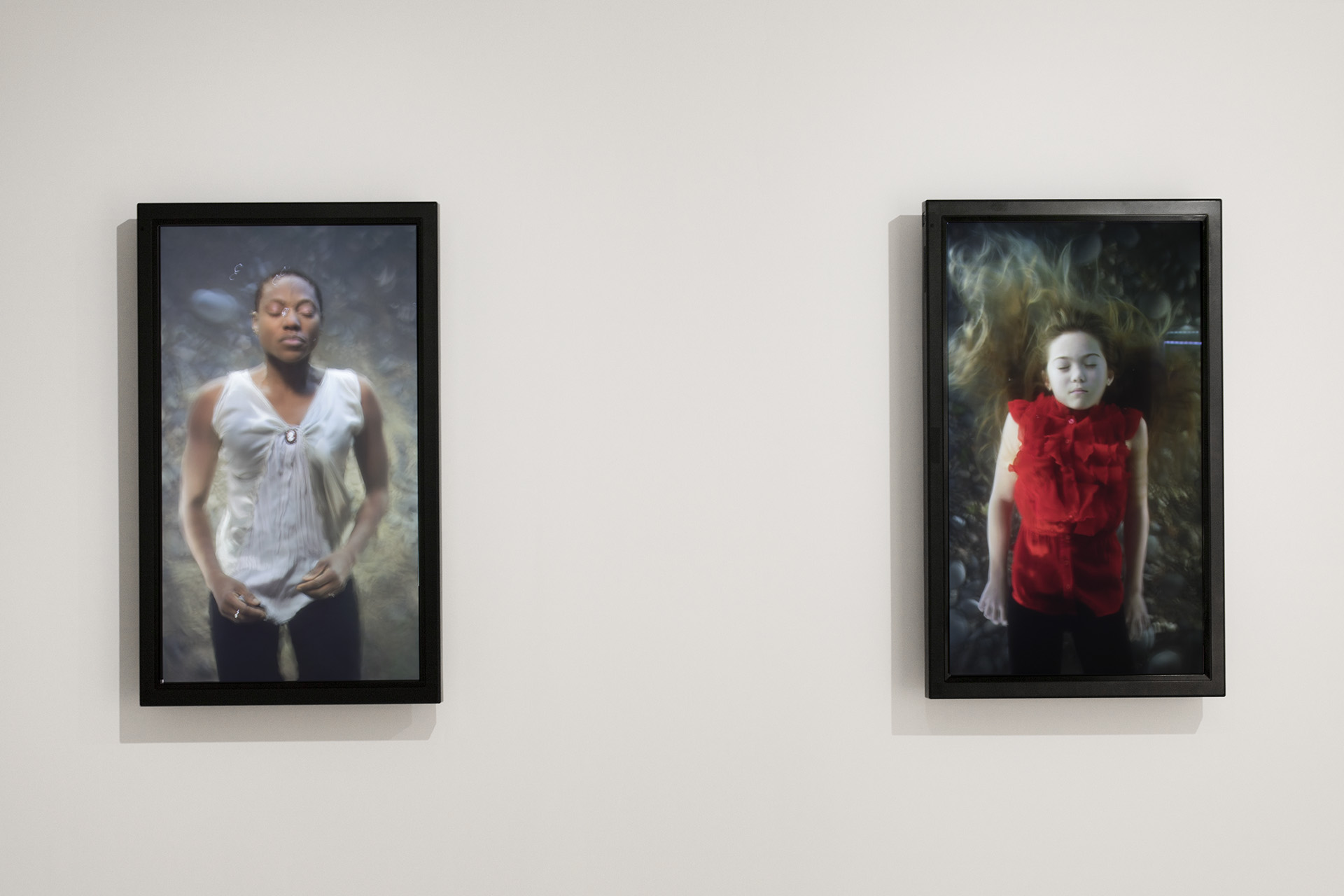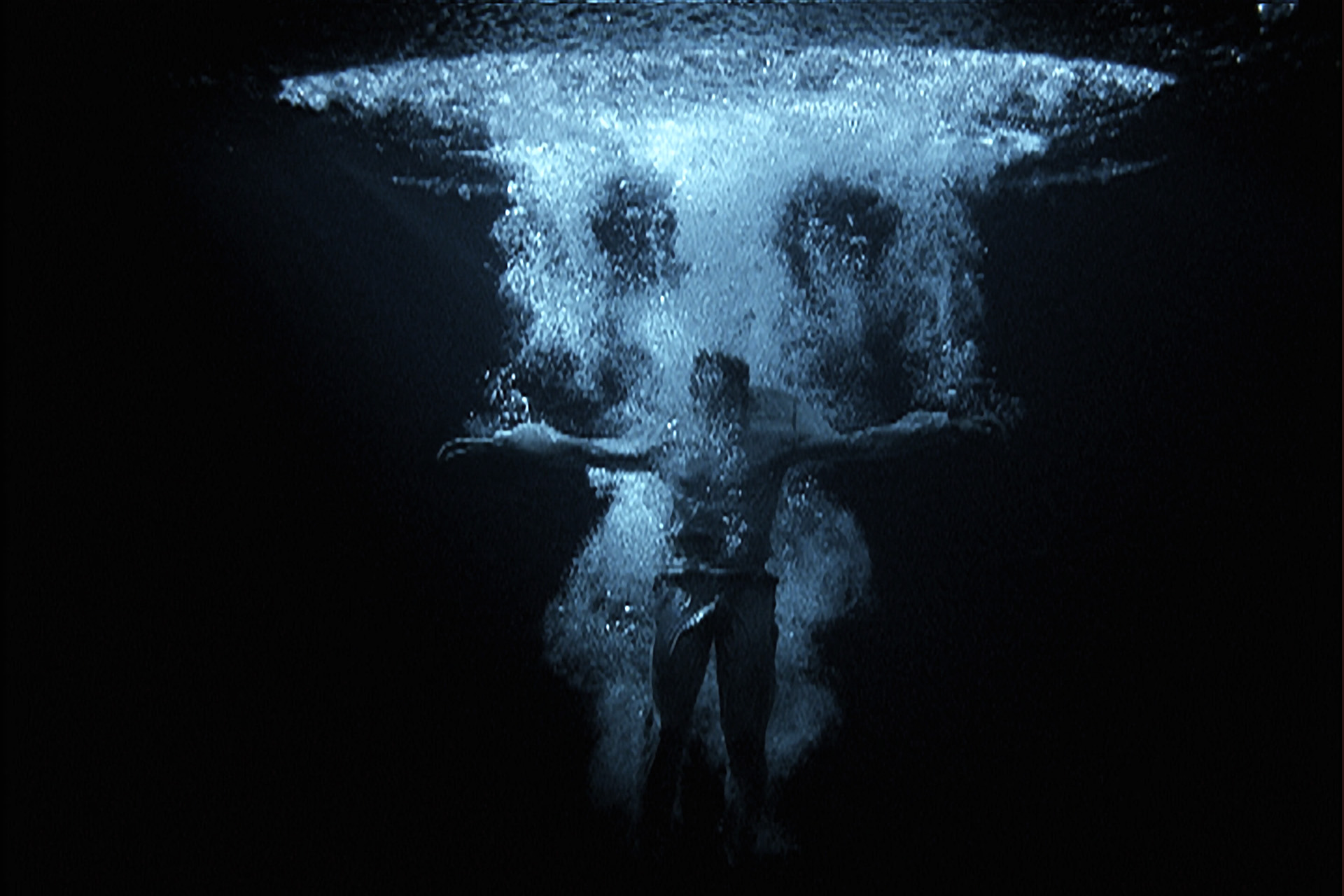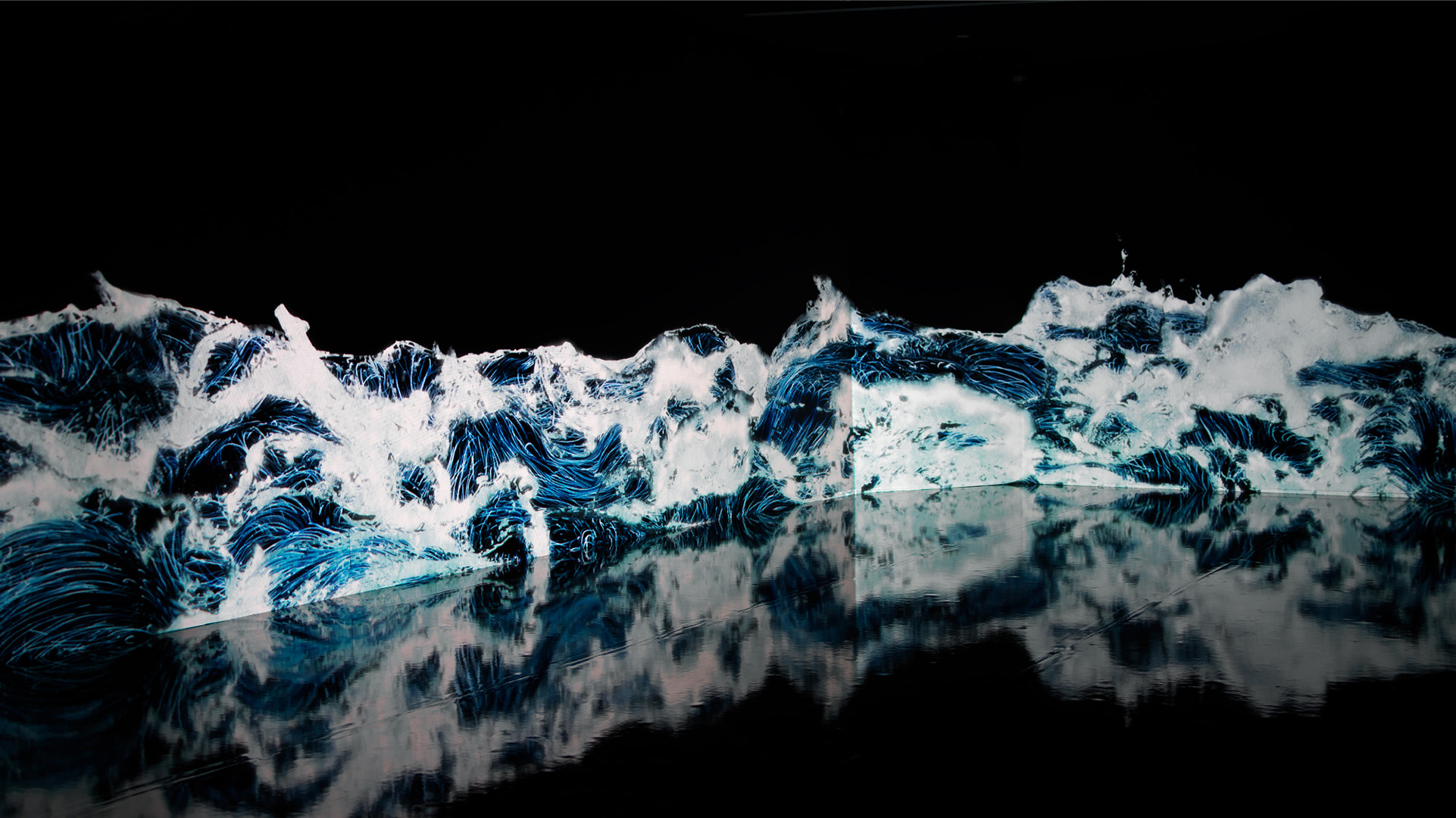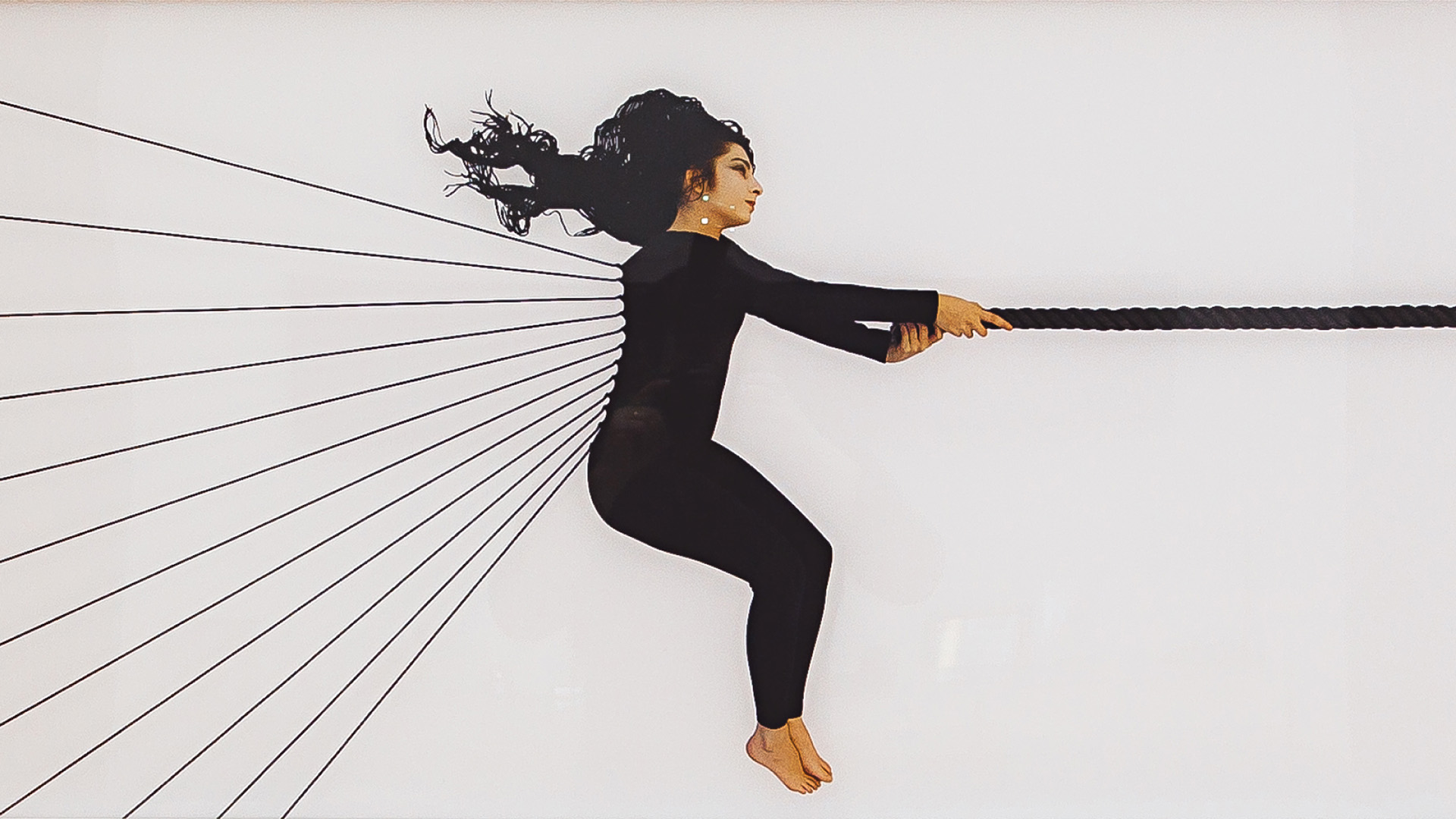Blog
A Painter of the Sublime
27 November 2019 Wed
Two things transformed Bill Viola’s life: the Korean video artist Nam June Paik and the city of Florence. At Everson Museum of Art in Syracuse, where he worked as an assistant curator between 1972 and 1974, Viola personally installed Paik’s works.
The “father of video art” was experimenting with cameras, finding ingenious ways to link electricity with religion, the transient with the imperishable. Viola embraced this vision: video was in the preceding years dismissed as ephemeral, but it in fact was more than able to capture the impermanent nature of post-modernity. Over the nineteenth century, J. M. W. Turner had articulated the sublime’s beauty and terror using oil and canvas. But Paik, Viola, and Bruce Nauman were reaching for a different brush—at their hands the increasingly more affordable video camera became the new recorder of the sublime.
In 1974 Viola traveled to Italy. Renaissance art overwhelmed him. Michelangelo and Leonardo da Vinci’s religious paintings transfixed their viewers; liquid, solid lines in their drawings immortalized fragile, infrangible bodies. Could scan lines in a video picture achieve a comparable precision?
Over the next two years, Viola worked as the technical production director in the video art studio art/tapes/22 in Florence. Soon he discovered Zen philosophy, Islamic Sufism, and the Christian texts of San Juan de la Cruz. These influences, in ways large and small, have accumulated in The Raft (2004), a bewitching depiction of bodies in movement. There is a casualness to Viola’s composition in this ten-minute video where nineteen ordinary individuals wait for something, as Beckett characters at times do. Their fate recalls a set of classical paintings from East and West: Michelangelo’s The Flood (1508-12), Leonardo da Vinci’s Deluge Drawings (1517-18), Hokusai’s The Great Wave (1829), Francis Danby’s The Deluge (1840), and others.
Strong blasts of water pour over Viola’s subjects. For viewers the torrent is a spectacle. It is beautiful in its liquid lethality. In this year of climate emergency, as waves overtake Venice, water became a harbinger of decay. But Viola’s figures resist this glorious destruction. They huddle together, help the fallen—they rebuild. Yet there is nothing heroic about The Raft. It is a secular depiction of a moment we are used to seeing handled in religious works. It refuses to glorify survivors.
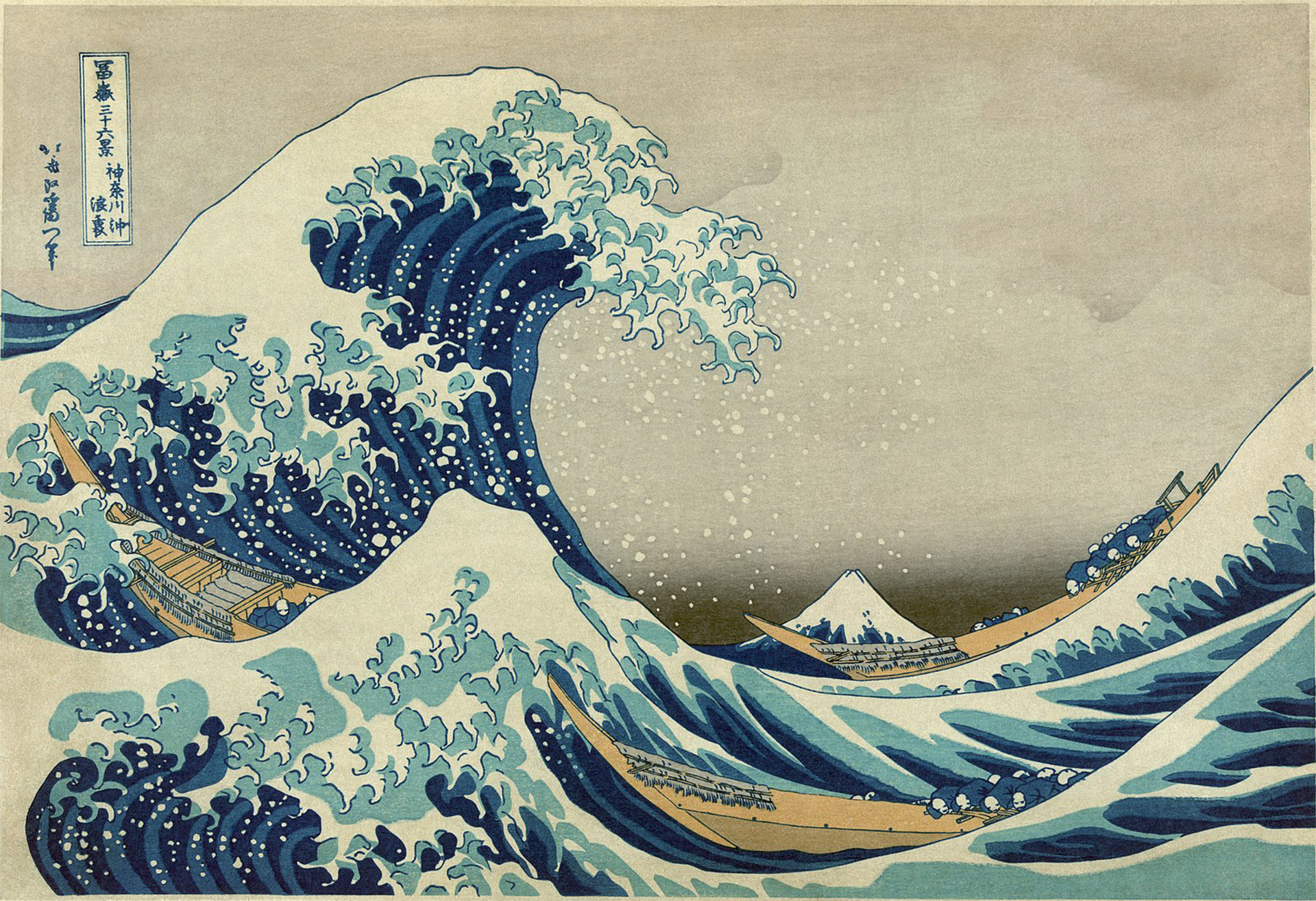
Katsushika Hokusai, The Great Wave off Kanagawa, 1826.
In our moment of post-truth, politicians have hijacked video art to divide and infuriate, to demonize and mythify. On TikTok, candy-like fifteen-second clips bolster careers and destroy reputations. Viola proposes slowness as an artistic response to this malaise. The moment of deluge he captures in his film is temporally brief: a minute-long-shock framed by moments of stillness. But exegetically, it is diffuse. As time expands, under Viola’s command, a deeper understanding emerges. “Film is truth twenty-four frames-per-second,” Jean-Luc Godard famously proclaimed. Viola’s truth arrives at three-hundred frames-per-second, demanding a different type of attention that we may no longer attain.
To contemplate The Raft is to pore over a palimpsest of interpretations. Is there a link with the woman’s stride toward the frame’s center and the deluge that starts a second after? Does the silver-haired man in front row symbolize white privilege? Do racial and ethnic divides among participants carry meaning? Is there tension between male and female, short and tall, the affluent and the just-about-managing? And why do they seem so binary? Does the water usher in gender fluidity to this composition? One feels obliged to over-interpret, but also to avoid proclaiming hermeneutic closure.
In this work and the more recent The Trial (2015), Viola transports moments of transience into the domain of the mundane. His microscope can, somehow, film the intangible.
But the endurance he presents in The Trial is of a different kind. On twin screens a young man and woman are deluged with liquids: oil, blood, milk, and water. They experience, Viola says, “five stages of awakening through a series of violent transformations”. Unlike in The Raft, their responses to deluge is confined to personal spheres. Yet one feels they see beyond their boundaries, like religious icons having an epiphany.
But theirs is a trial by colored liquids, instead of fire. We have, this past year, grown accustomed to this new use of water: in Hong Kong’s clashes between police and Umbrella Movement protesters water emerged as an unlikely force. In August, BBC reported “Hong Kong police used water cannon to fire blue-colored water at protesters” who defied the police ban. The colored liquid helped police identify protesters; it also created sublime panoramas. Over the fall, journalists live-streamed, via Twitter’s Periscope feature, or on Facebook Live, Umbrella Movement’s defiance of water. Under what Shoshana Zuboff has described as surveillance capitalism, these companies and a few others have turned the spectacle of violence and resistance, of oppression and endurance, into datafied commodities. We watch to see if they’ll stand their ground; we watch to see if they’ll be safe.
This type of watching may pose a danger to two millennia of figurative art and even threaten excising the transcendent from the image. But Viola’s work reminds us how we could use screens differently. Once his videos appear in a gallery, or on a tablet or smartphone, an unexpected silence settles. We take refuge in his work, as if in a deserted bystreet around one of the bustling quarters of Florence.
ABOUT THE WRITER
Kaya Genç is a contributor to The New York Review of Booksand the author of Under the Shadow (I.B. Tauris), a ‘fascinating and informative compilation that represents both investigative and literary journalism at their finest’ according to Publishers Weekly. The Economist called Under the Shadow a ‘refreshingly balanced’ book whose author ‘has announced himself as a voice to be listened to’. The Atlanticpicked Kaya’s writings for the magazine’s ‘best works of journalism in 2014’ list. His writing has appeared in The New York Times, The Nation, The Paris Review, The Times Literary Supplement and The London Review of Books. Kaya holds a Ph.D. in English Literature. He is a critic for Artforum, and he gave lectures at venues including the Royal Anthropological Institute and appeared live on flagship programmes including Midday on WNYC and BBC’s Start the Week.
